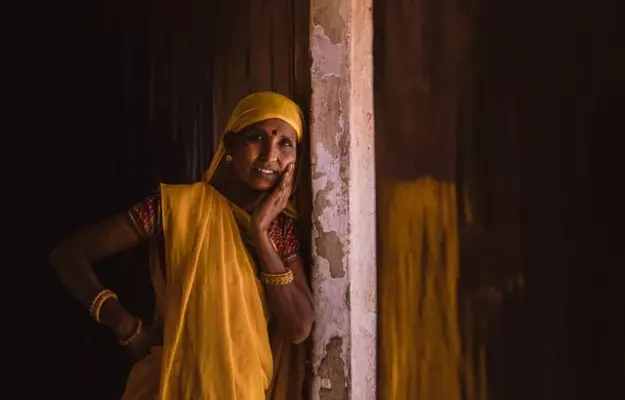Districts in Madhya Pradesh may be more vulnerable to COVID-19 and its effects than districts in any of the other states in India, according to a new "vulnerability index". Sikkim districts emerged as the least vulnerable on the index.
The index, shared in an article in the scientific journal The Lancet Global Health, comes at a time when the number of COVID-19 cases in India has crossed one million and there is a growing need to understand why the viral infection has been spreading so quickly despite interventions like lockdowns and movement restrictions.
Based on 15 parameters around five domains—socioeconomic factors, housing and hygiene, health infrastructure, public health systems (epidemiology) and demographics (population data)—the index is not a reflection of current cases or even a projection of what will definitely happen. It is merely a tool to understand which districts could be worst affected based on these parameters and plan accordingly.
Read more: 17 million patients analysed to determine risk factors of COVID-19 deaths
The study, co-authored by Rajib Acharya and Akash Porwal of the Population Council, Delhi, who looked into publicly available data and created a "vulnerability index" to identify the most vulnerable regions in the country based on various parameters. Population Council is a US-headquartered non-governmental research organization with an interest in biomedicine and public health.
Vulnerability in this context covers the risk of spread of infection, deaths due to infection and the potential social and economic impact of an outbreak at the district level.
The authors of the study didn't necessarily identify states with already high numbers of cases, but presented a case for those that could be heavily impacted by the epidemic in the not-so-distant future. Based on a vulnerability index value between 0 and 1, states with an index score higher than 0.75 were determined to be the most vulnerable.
Read more: Can asymptomatic patients spread COVID-19?
The central Indian state of Madhya Pradesh, which had the highest index score of 1, was identified as the most vulnerable out of all of India's regions, followed by Bihar with 0.971. Telangana (0.943), Jharkhand (0.914) and Uttar Pradesh (0.886) were next on the list with high vulnerability scores.
Bihar scored poorly in the vulnerability index largely because of the non-availability of healthcare, followed by its poor ratings in hygiene and socioeconomic conditions, while Madhya Pradesh fared poorly due to poor housing and hygiene, the poorest among all states.
Telangana, on the other hand, had a poor overall score due to a higher epidemiological vulnerability, which means a large number of people were living with comorbidities and poor healthcare standards.
Read more: Local transmission vs community transmission
Along with the states that figure high on the vulnerability index, other large states such as West Bengal, Maharashtra (which has the highest number of COVID-19 cases in the country currently), Odisha and Gujarat also had a large number of districts with high overall vulnerability to the epidemic.
With an overall vulnerability score of 0, the northeastern state of Sikkim emerged as the least vulnerable of all Indian states to suffer the consequences of the epidemic. Overall, other states in the North-East and the smaller states of the country fared better on the vulnerability index.
The vulnerability of these states was also high due to their poor index score across all five domains the study focused on. Interestingly, the states that have scored poorly in the vulnerability index also have a high concentration of COVID-19 cases already. However, the same could not be said at the district level.
Read more: Timeline of India’s COVID-19 superspreader events
It is also estimated that those regions with a higher vulnerability will also get poorer as a result, as an already poor state would have a greater economic impact due to the epidemic.


















